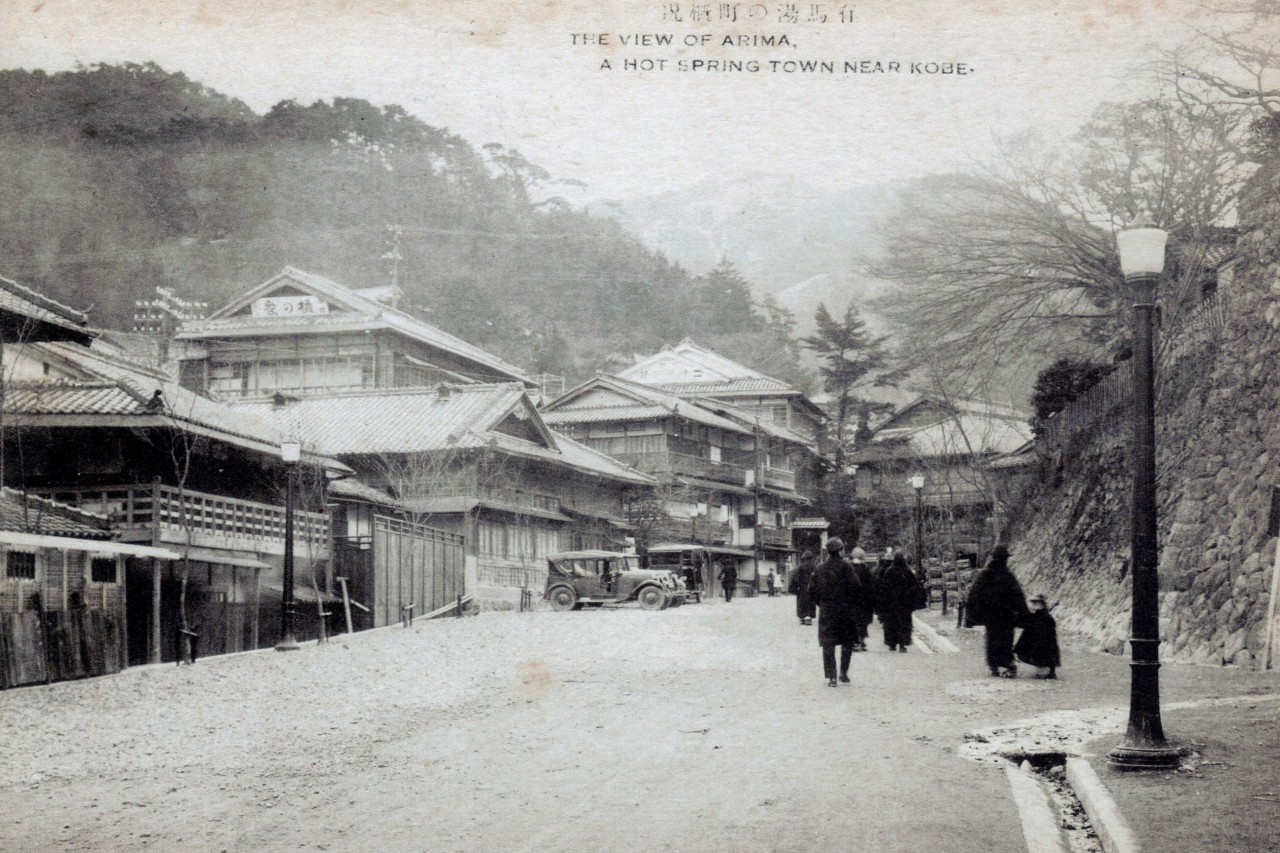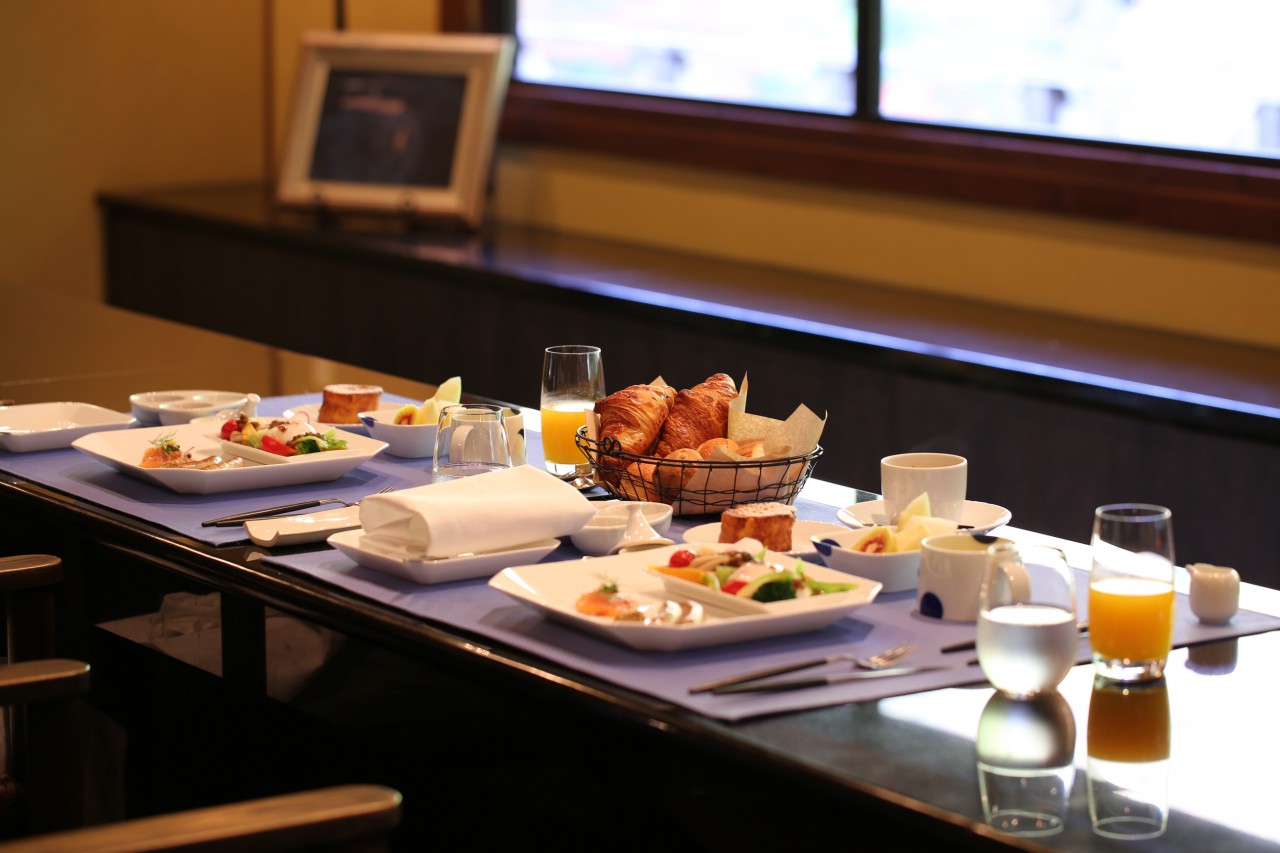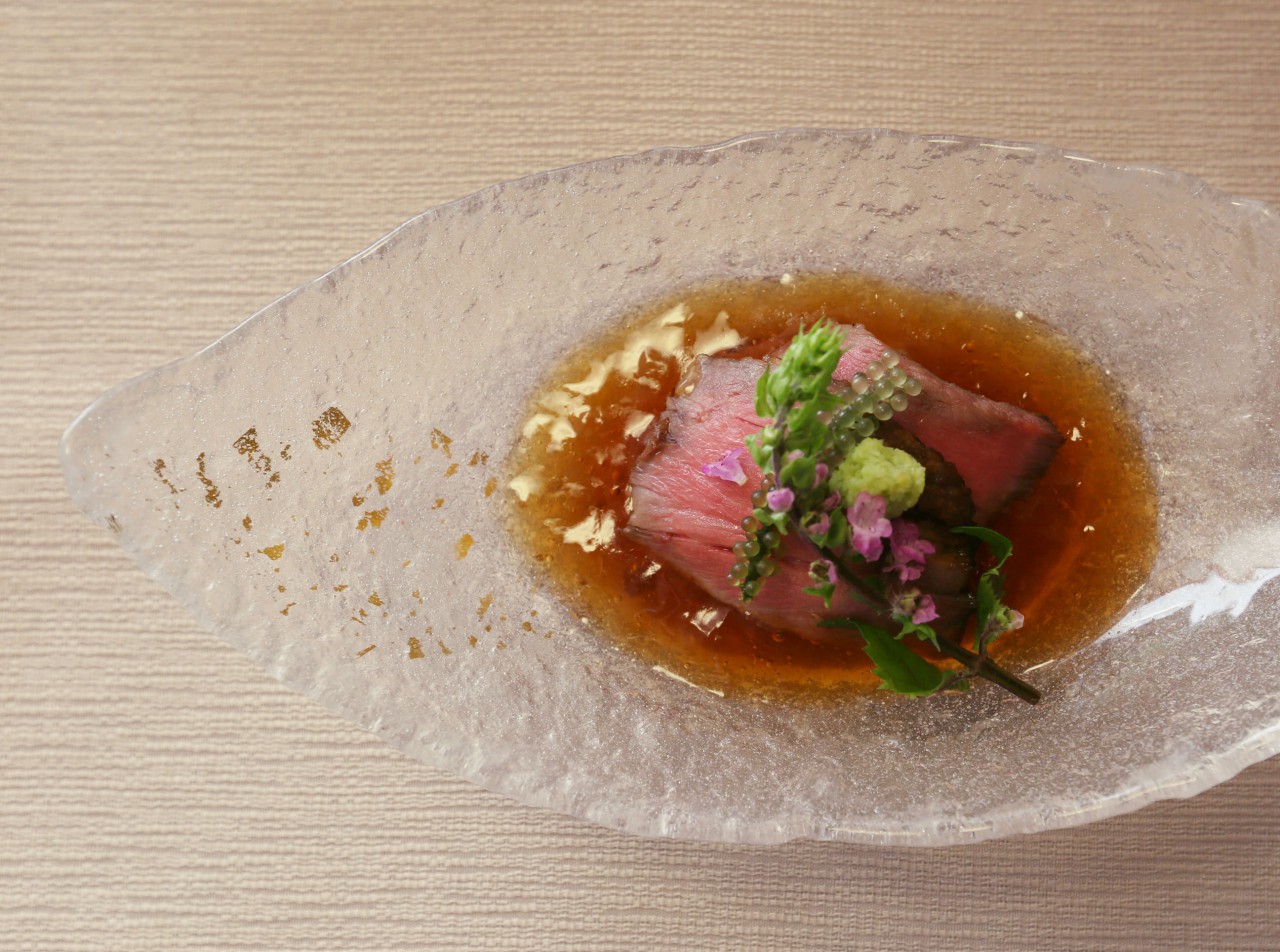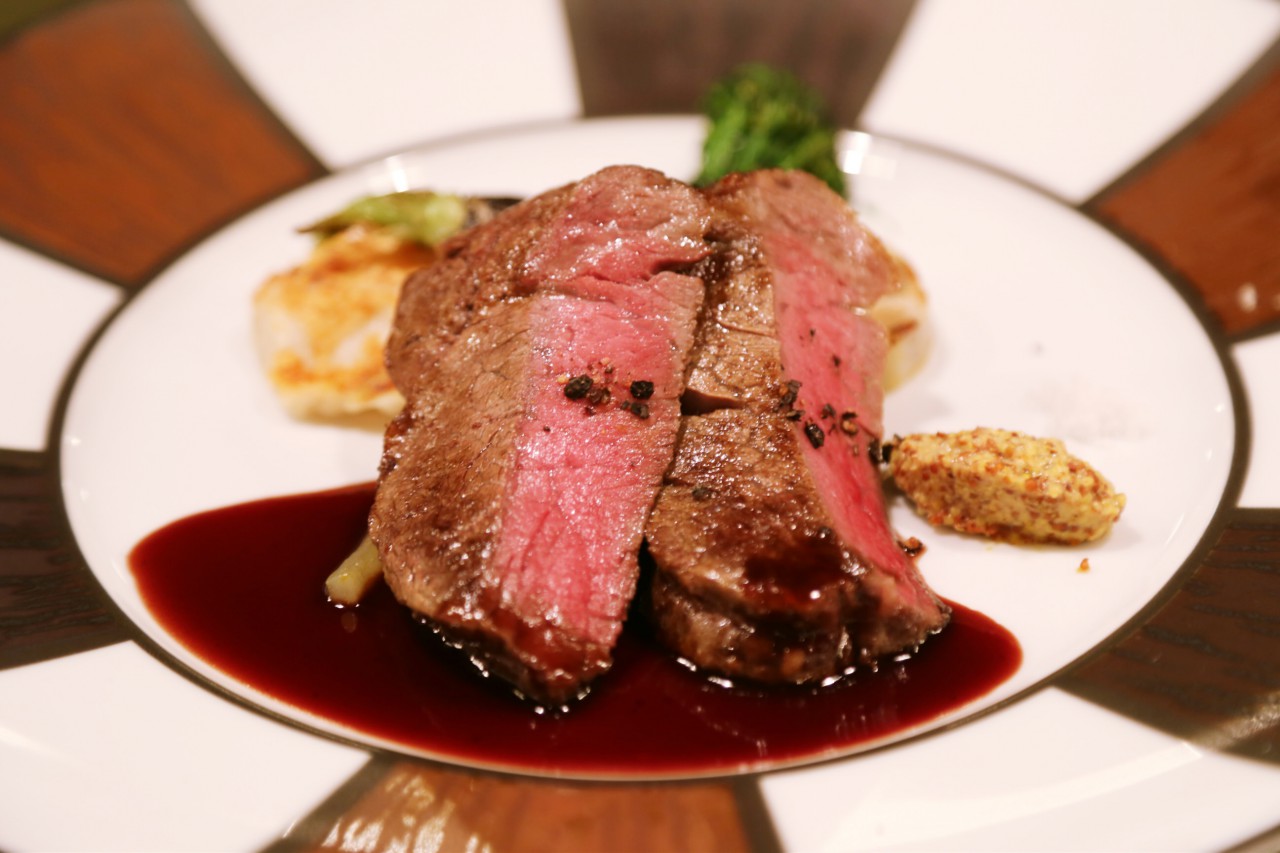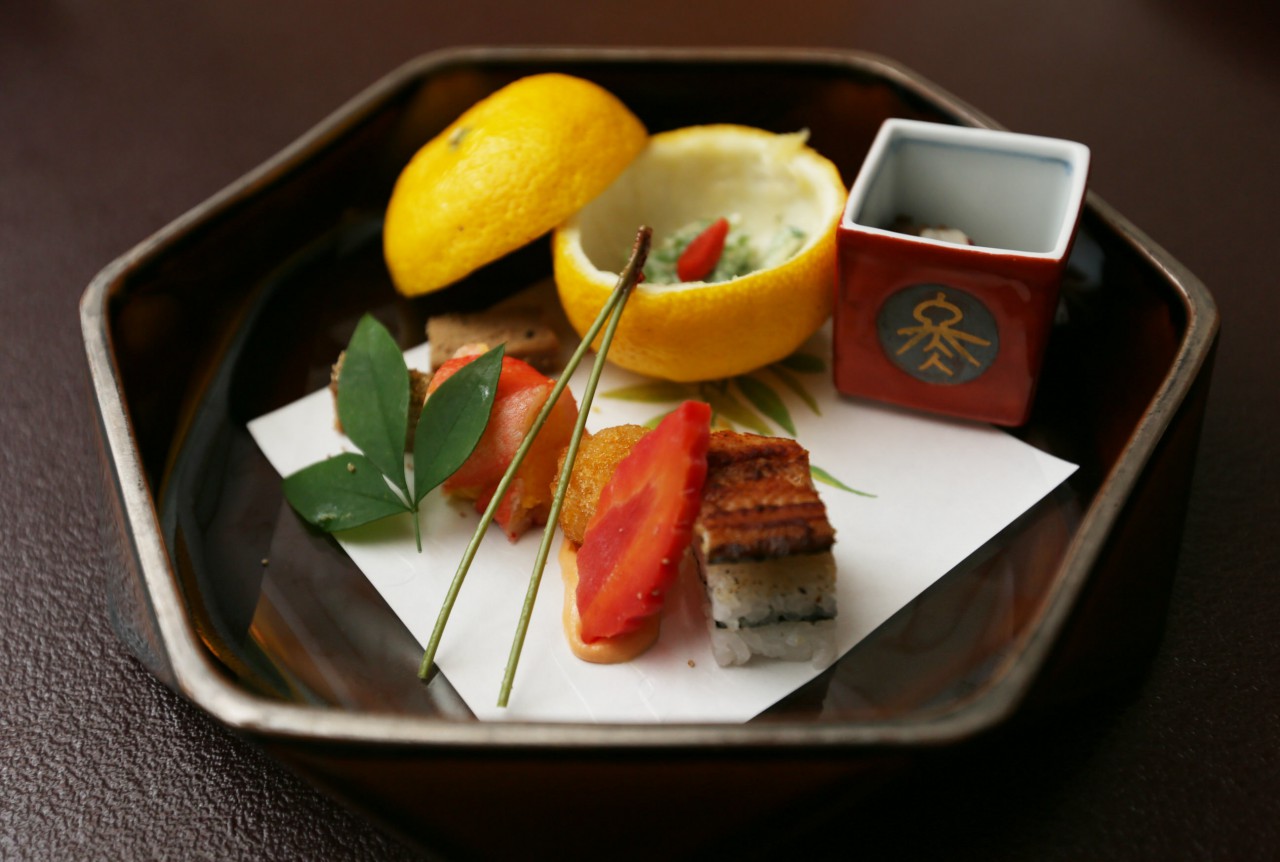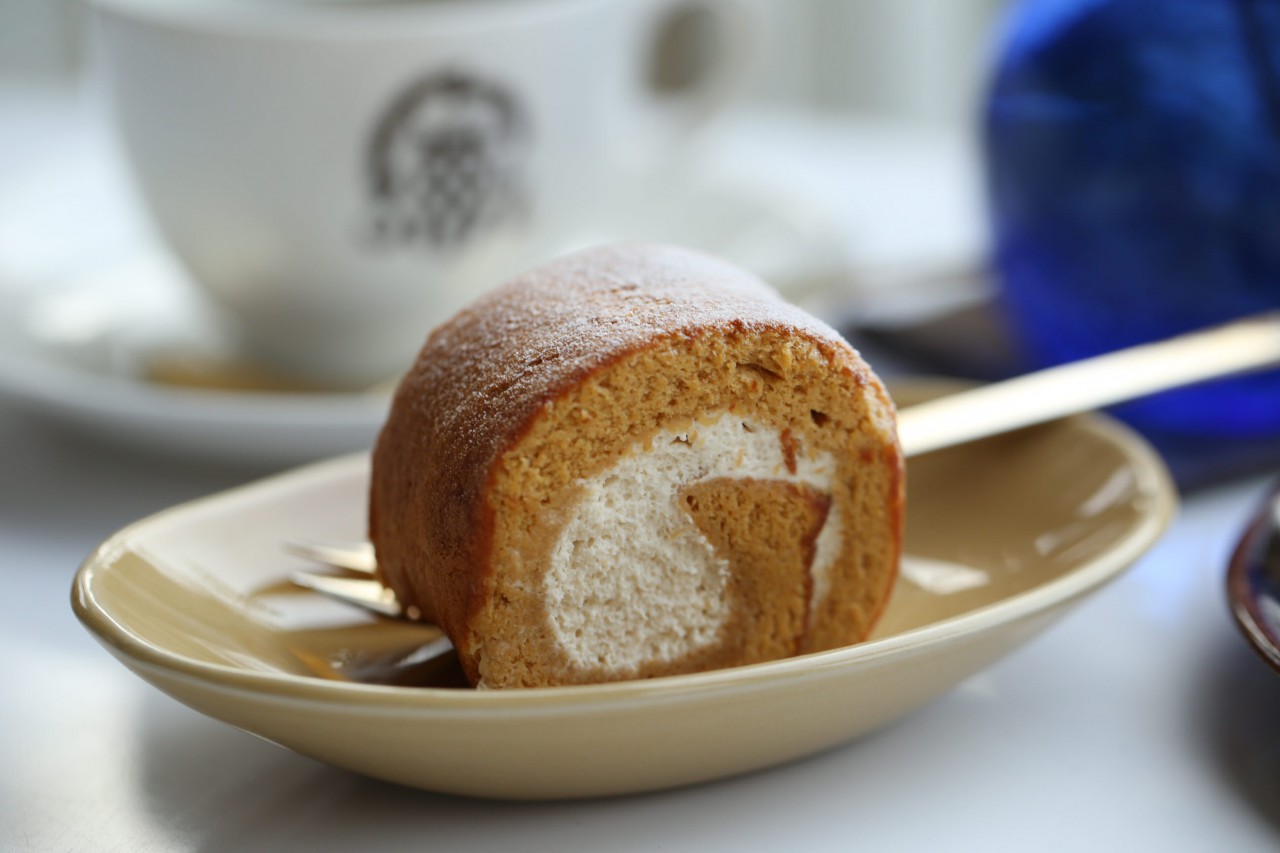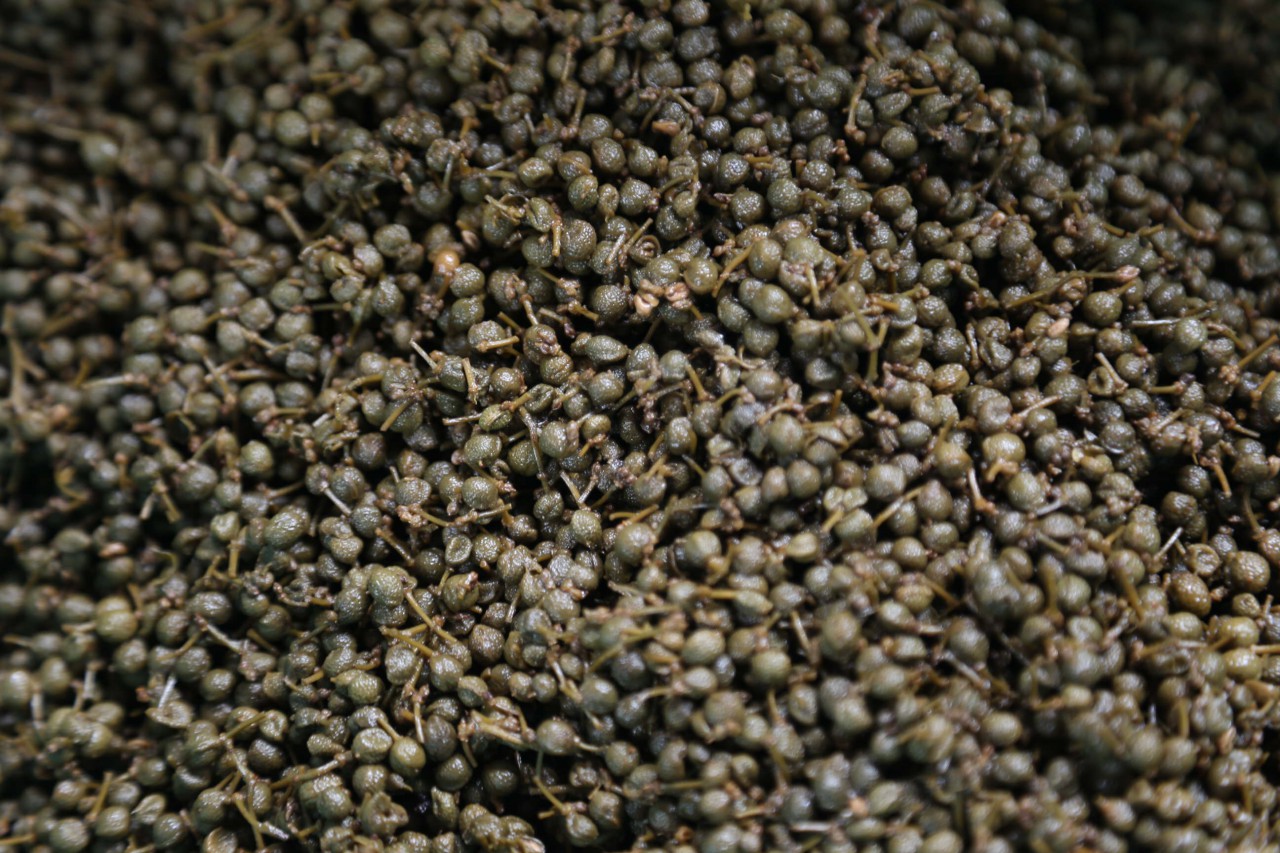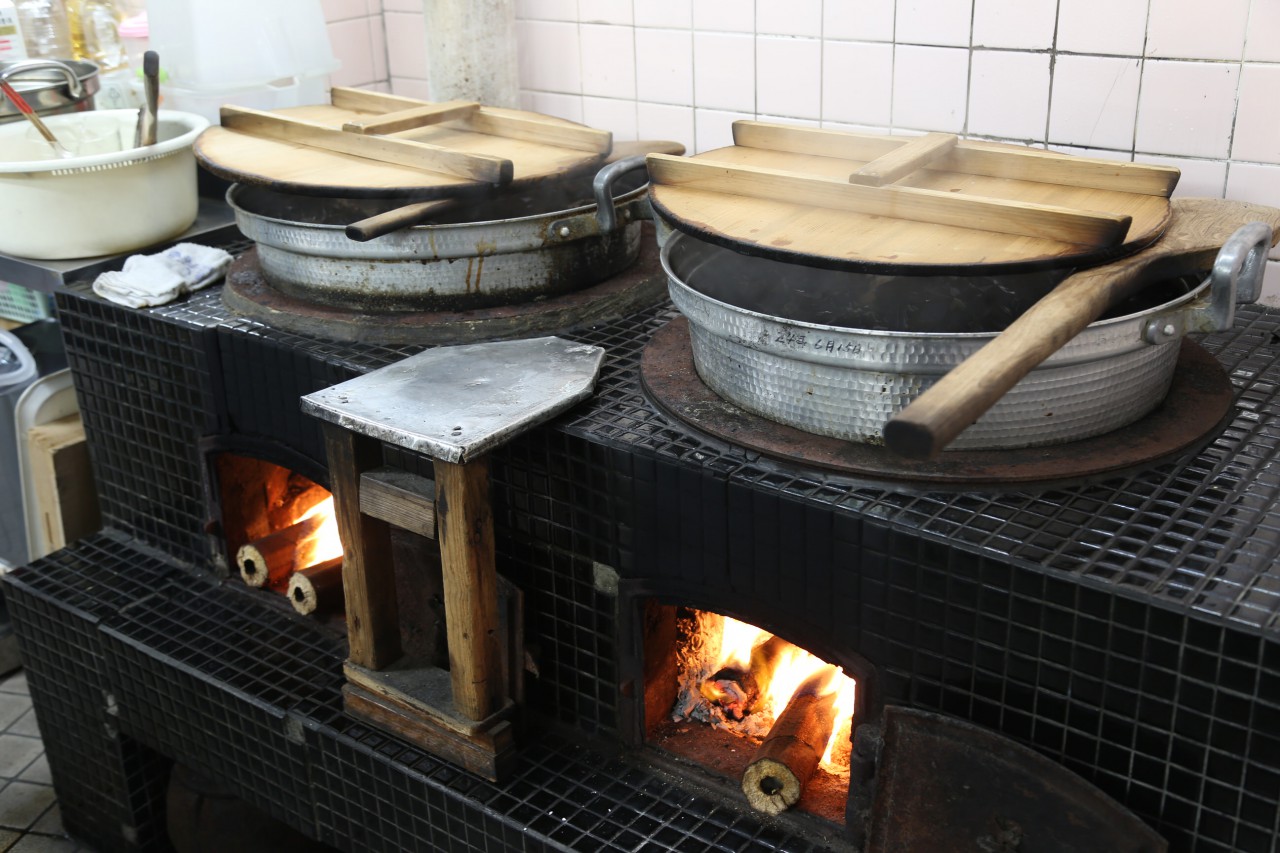Eclectic Cuisine
Kobe Beef Dining Experience
The Meiji Restoration a hundred years ago had a huge impact on the Japanese culture, bringing the free romantic Western culture into the introverted subtle Japanese. After the official opening of the port of Kobe on January 1, 1868, both local and overseas trade gradually increased, and the port of Kobe became one of the most important ports of Japan. One after another, foreigners came to Kobe for trade and construction, turning Kobe into an exotic and booming harbor. As the times changed, Japanese were enthralled by different cultures, and the eating habits of westerners slowly changed the daily lives of the people in Japan. Japanese slowly developed Japanese style Yoshoku, which is the mix of traditional Japan with new trends brought in from the West during the mid-nineteenth century.
Since Arima Onsen was most prosperous during the late Edo era, which ended when the Meiji Restoration began, many westerners have heard of it. Little by little, they visited Arima to experience the traditional Japanese onsen and ryokan culture. As more westerners visited, the opportunities for cultural exchange increased. The increasing number of visitors also provided a perfect opportunity to promote delicious Kobe beef.
In Japan, the custom of eating beef was rare: it had not been consumed for more than a thousand years. However, this ban was lifter after the start of the Meiji Restoration, leading to the consumption of beef. The shift in eating habits became more pronounced as more foreigners migrated to Kobe, where beef was first introduced in Japan. Soon, beef became a premium, sought-after ingredient.
With the influx of imported ingredients, Japan began to accept the Western way of cooking, and steak is an example of a favorite today. As Japan opened its culinary doors, the demand for beef increased, and this contributed to the birth of Kobe beef. When westerners ate the beef reared in Rokko Mountain, they were amazed by its taste and texture. Soon, Kobe beef became well regarded overseas and was recognized as the best meat in the world. As Arima is located near the Tajima where Japanese original cattle were lived, superior quality Wagyu beef became available in Arima.
Kobe beef comes from pedigree wagyu cattles reared in Tajima (Hyogo Prefecture), the Tajima Ushi. Beef from Tajima cattle goes through a detailed examination, and only the highest-quality Tajima beef with the best texture is crowned as Kobe beef. Among shipments of about 5500 Tajima cattle of year , only about 3000 are certified as Kobe beef .
Kobe beef is renowned for its flavor, tenderness and fatty, well-marbled texture. If you want to taste the most authentic Kobe beef dishes, be sure to start with a Kobe steak. You do not need extra seasoning when cooking meat as fine as Kobe beef; the exquisite taste of Kobe beef can be brought out with the simplest cooking methods. On a hot iron slab, only one side of the beef is cooked and the center of the steak remains pink. The caramelized surface and the fats of the steak effuse a heavenly fragrance. With every bite, the meat’s juices ooze out and, together with the fragrant fats, the steak melts in your mouth, making you feel like the most blessed person in the world. Instantly, you can understand all the effort put in over hundred of years to develop the charm of Kobe beef.
Apart from the Tajima Ushi, Arima has many other geographical advantages. As Rokko Mountain, the Setouchi Sea, and the fertile Hyogo Prefecture surrounds it, Arima is able to easily obtain the freshest ingredients from both the mountains and the sea. With the best resources available, Arima is able to provide a wide variety of food to its visitors. An increasing number of ryokan provide kaiseki (multiple course Japanese dinner) and western cuisines simultaneously.
One example of this trend is the 800 year old Goshoboh. It not only provides traditional Japanese cuisine, it also serves superior quality “Kobe steak”. At the Hanakoyodo hotel, with simplicity and minimalism of Japanese cooking, guests can appreciate the original flavors of the fresh and finest ingredients from Hyogo Prefecture.
With the influx of western diet trends into Kobe during the Meiji Restoration, Kobe is ranked as the number one dessert city in Japan, with more dessert and pastry shops than anywhere else in the country. Cafe de beau has a signature must-have cake roll that uses natural salt from Arima Onsen.
Apart from cuisine and dessert, Arima also has many well-known souvenirs. Three of the most famous examples are Arima Zansho, the local Japanese peppers simmered with soy sauce over traditional firewood stove, Arima cyder and Tansansenbei (carbonated rice crackers). These are some of the best examples of food from the Edo era.
Not only has Arima Onsen retained the customs of the most ancient history of Japan, it has also embraced the influences of the west. On your next visit, please take a minute to savor the intersection between east and west in Arima.
